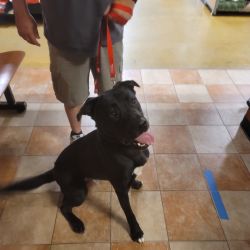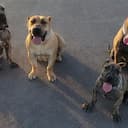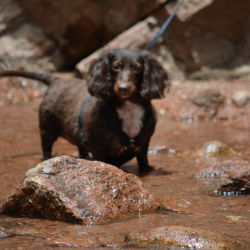Origins and Temperament
Steeped in history, the Anatolian Shepherd Dog has been a guardian of livestock and a noble companion for millennia. Originating from the rugged landscapes of Turkey, these vigilant dogs are known for their protective nature and strong territorial instincts. Their temperament is calm and watchful, but also independently-minded and intelligent. These traits mean their travel needs may encompass a secure environment that respects their space and need for stability.
Size and Physical Needs
Anatolian Shepherds are large and powerful dogs, typically ranging from 100 to 150 pounds. They have impressive endurance and therefore require considerable exercise to remain healthy. During transport, they need plenty of room to stretch and rest comfortably. Accommodations should be made for their size, including spacious crates and ample time for leg-stretching during stops.
Common Health Considerations
This breed is prone to certain health conditions such as hip dysplasia and gastric torsion. Before traveling, secure a health certificate from a veterinarian and keep a copy on-hand. Ensure all medications and supplements are packed, and be proactive with preventative measures against stress-induced health problems.
















